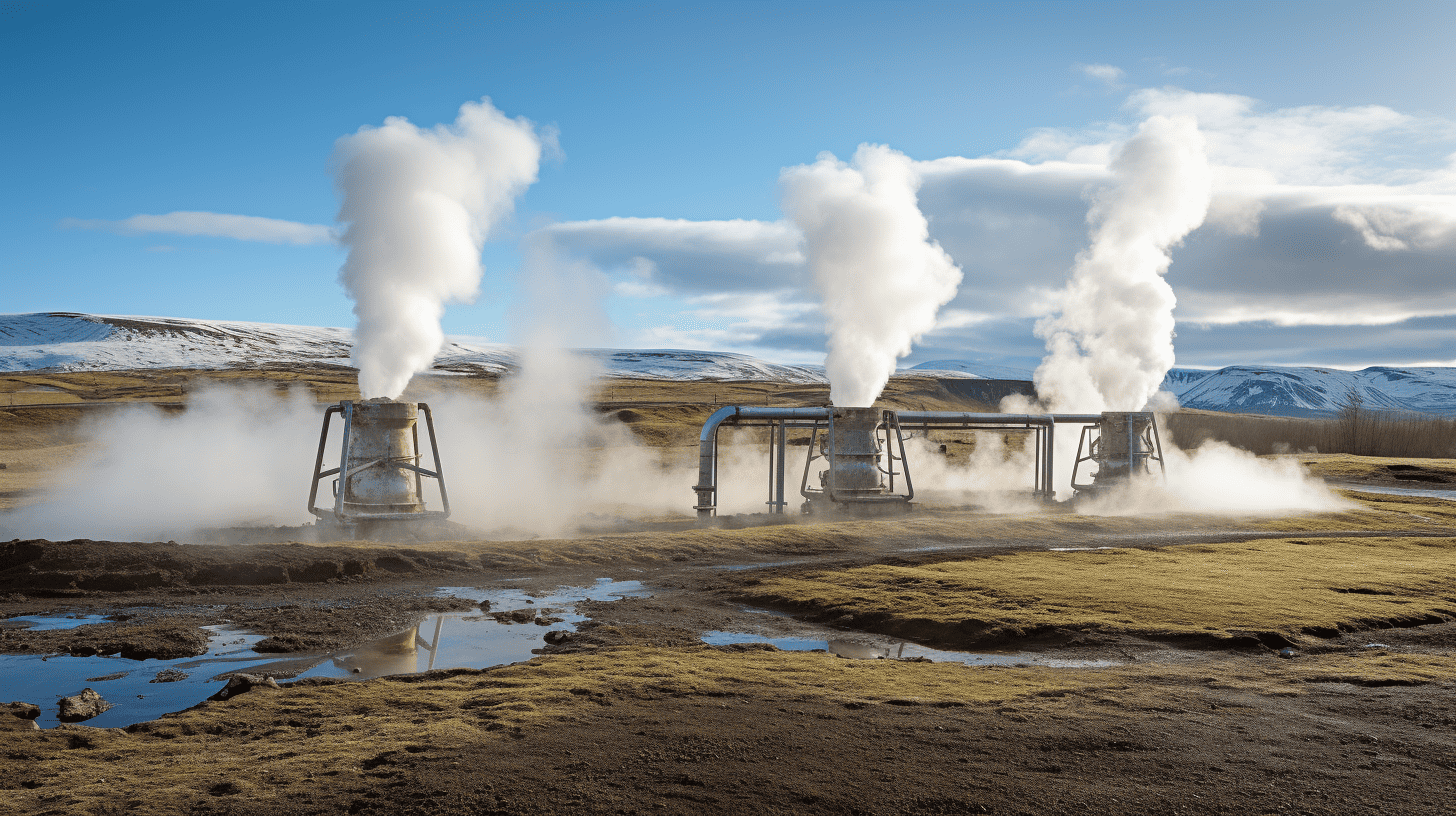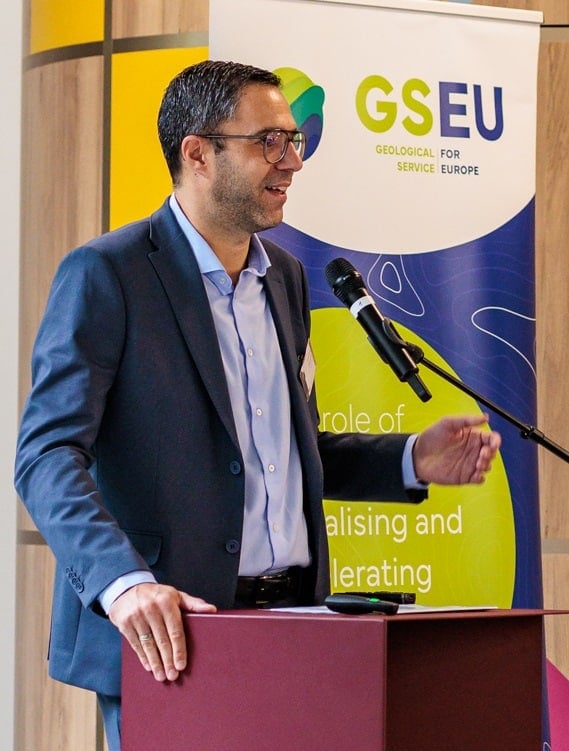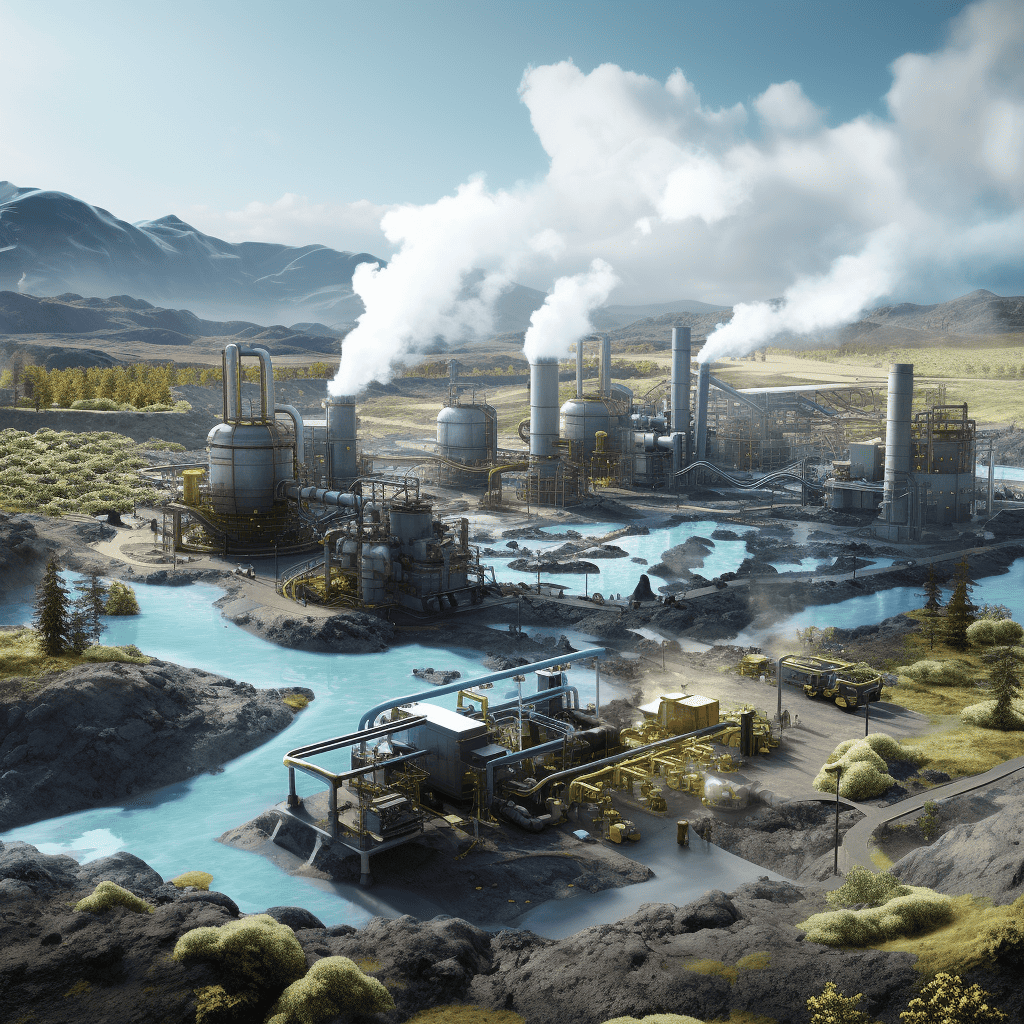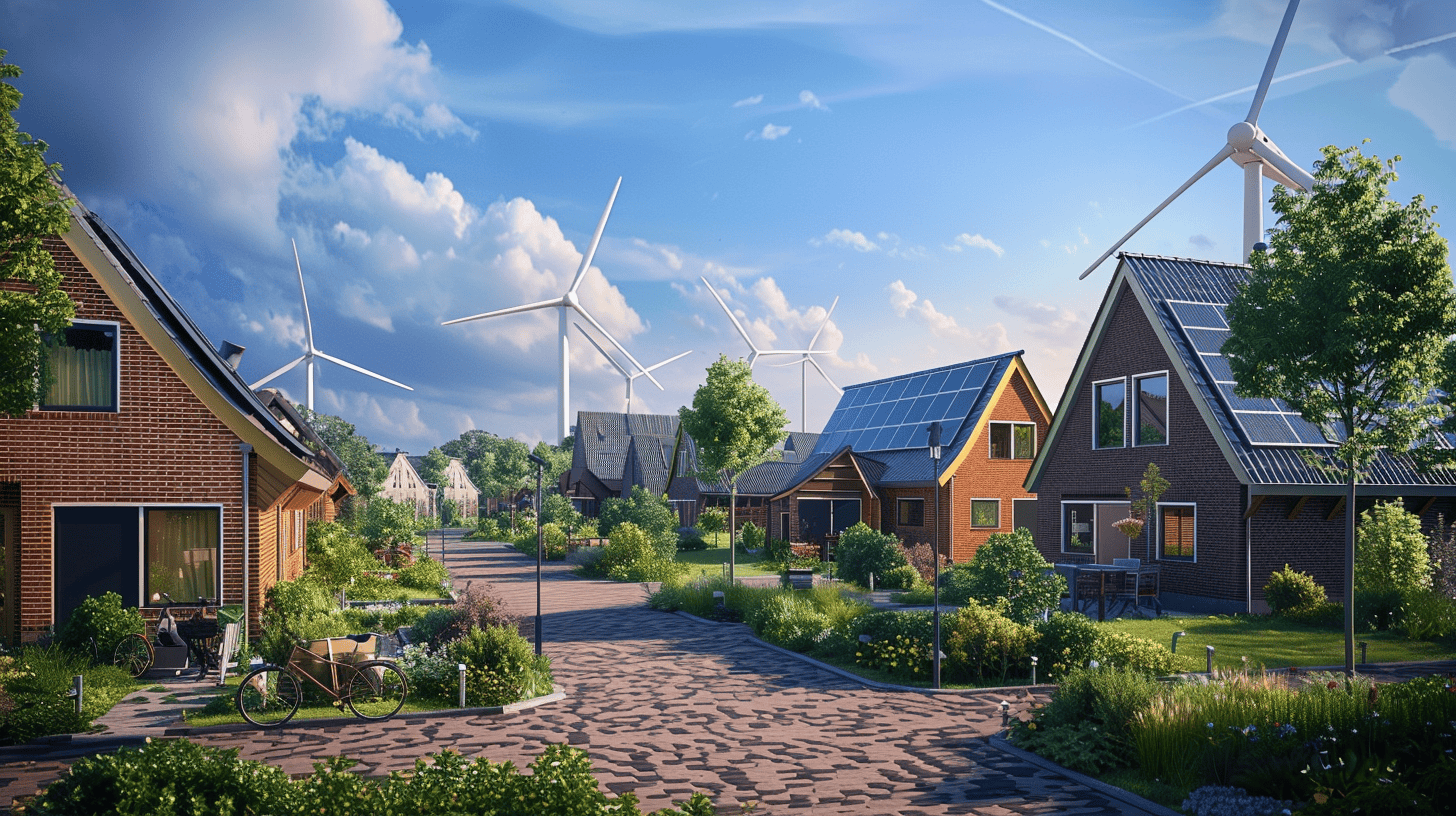
Sun, wind, and water: these natural elements are becoming increasingly central in our energy mix and enablers of the green transition. This trio, especially the former two, is the most spoken of, but there is a fourth element, as sustainable and natural, which lies beneath our feet.
Why this is important
Alongside solar and wind energy, geothermal power is a renewable and clean energy source. Therefore, it can help phasing out fossil fuels and transition towards a greener socierty.
Geothermal energy is a renewable power source that harnesses the natural heat beneath the Earth’s surface. This heat can then be used for heating, cooling, and electricity generation – depending on the site’s potential energy and the geological features. In the case of geothermal heating, a fluid, such as water, collects the underground heat through a loop of pipes. When generating electricity, vapor makes turbines turn, producing power.
European Union’s policymakers are taking steps to accelerate geothermal energy developments. The European Parliament recently adopted a resolution to spur deployment and investments in the sector, calling for a European strategy on geothermal energy.
The different kinds of geothermal wells
Shallow geothermal wells. These wells are drilled to depths up to 400 meters below the Earth’s surface, providing energy for heating and cooling in residential and commercial buildings. Shallow geothermal setups can reach up to 35 degrees Celsius and rely on the constant temperature of the Earth’s crust. According to ThermoMap, Europe has quite a high shallow geothermal potential.
Deep geothermal wells. These wells range from several hundred meters to three to four kilometers in depth – in Europe, the range is 30 to 150 degrees Celsius. Deep wells can produce electricity directly.
Ultradeep geothermal wells. They penetrate over four kilometers deep into the Earth’s crust to reach temperatures exceeding 150 degrees Celsius.
Ideal for heating and cooling buildings
In a way, shallow geothermal is a low-hanging fruit. Being used for building heating applications, it fits the temperature requirements. As these wells aren’t that deep, costs are lower, and more technology is available.
Therefore, shallow geothermal wells – often in combination with heat pumps – represent a valid and sustainable option. Although counterintuitive, geothermal systems can also cool buildings. In fact, during winter, heat pumps increase room temperature, harvesting the Earth’s heat. In the summer season, the process is reversed. “The heat pump can trap the extreme heat, transferring it to the fluid that circulates to the ground. Since the ground temperature is lower, the fluid’s heat dissipates to the ground. The cooled air fluid gets back to the building through piping. Shallow geothermal systems can provide a constant room temperature of 25 degrees Celsius, for example, which is nice to have during summer months,” explains Francesco Pizzocolo. He is the Geological Service for Europe (GSEU) program manager at TNO, the Dutch Institute of Applied Science.
Data availability is the flywheel
The start-up costs are the main limitation of deep and ultra-deep geothermal energy systems. Setting up the infrastructure to harvest and distribute heat and understanding the real heat potential of a given area are the most expensive and time-consuming steps to complete. In the case of a two or three-kilometers-deep well for electricity production, costs quickly ramp up to tens of millions of euros. According to figures published by the International Renewable Energy Agency (IRENA), the costs of geothermal power plants range from $1,870 to $5,050 per kW. The levelized cost of electricity (LCOE) of a geothermal power plant ranges from USD 0.04 to USD 0.14 per kilowatt-hour (kWh),
A way to lower upfront expenses is by gathering as much high-quality data on the subsurface as possible. The starting point of the EU’s strategy for geothermal is a call to member states to map geothermal resources and make all subsoil data public. The European Geological Data Infrastructure (EGDI) is the platform for sharing all this information. Pizzocolo sees data collection and sharing as crucial. “The higher the amount of high-quality data you have at your disposal, the lower the costs and the financial risks connected to exploitation. A geothermal power plant needs to have pressured water coming to the surface. If there is insufficient data, the risk of digging a dry well is higher,” he stresses.

Francesco Pizzocolo
Geological Service for Europe (GSEU) program manager at TNO
In his opinion, high-quality data sharing at the European level is essential to geothermal energy development.
Cost-reducing solutions
TNO has been active in this regard. The institute developed Everest, an AI-driven numerical model. Initially thought for oil and gas applications, it expanded to support and optimize geothermal doublets placement. In addition, pilot studies are exploring reusing the existing gas distribution network to deliver geothermal heat to households. If the tests prove successful, geothermal energy costs can decrease further.
Another idea is to share the costs between neighbors and neighborhoods, digging shallow wells that more households can use to create energy communities. These communities unite citizens, local institutions, and companies to produce and share renewable power. The European Commission recently introduced new rules to enable citizen participation. Some newly built districts in the Netherlands are digging shallow geothermal wells to heat buildings. Pizzocolo himself is discussing installing a ground source heat pump with his neighbor to serve the two houses. “That would cut our upfront costs by half, and we’ll bridge the remaining energy gap with solar panels.”
Dutch developments
Geothermal energy is gaining momentum in the Netherlands, too. In 2023, some of the Noord Brabant province’s municipalities – Eindhoven, Tilburg, Breda, ‘s-Hertogenbosch, Oss, and Someren – signed a declaration of intent to accelerate geothermal energy developments in the area. Other entities, such as the Brabant Development Agency (BOM) and geothermal company Ennatuurlijk, signed the declaration.
At the moment, geothermal energy potential in Brabant remains nearly untapped. The exception, and an example for the whole country, is the horticulture company Greenbrothers in Zevembergen. They have a shallow geothermal well whose heat is used to grow vegetables in greenhouses. About this application, the Netherlands has been a pioneer, with wells powering greenhouses that have been active for almost two decades in the North Holland province.
As a follow-up to the Noord Brabant agenda, at the beginning of 2024, the municipality of Helmond and the province signed a deal with utility company Energie Beheer to accelerate developments. Besides, energy companies Eneco and Vattenfall got the green light to explore geothermal heat potential close to Amsterdam. The test drilling close to the Johan Cruijff Arena will provide further information about the heat potential of the area. Companies aim to bring geothermal heat to the city by 2030.

Outlooks
In 2018, a cohort of organizations – including Platform Geothermie and Energie Beheer Nederland – published a Master Plan for geothermal energy in the Netherlands. The paper underscores the potentiality of geothermal energy, including meeting up to five percent of the total demand for heat in 2030 and 23 percent in 2050. According to the research, the Netherlands could benefit from geothermal energy in the following applications: low-medium temperature heat industries, urban district heating, and greenhouse horticulture.
Pizzocolo also sees a bright future for geothermal energy in the country. “It is going to make a huge difference in the built environment. From a technical and financial standpoint, it is much easier to set up than a geothermal power plant. Honestly, I don’t expect to see ten geothermal power plants generate electricity in the Netherlands any time soon. Still, for district heating and low-temperature industrial processes, it will certainly play a crucial role towards the decarbonization goals,” he concludes.








